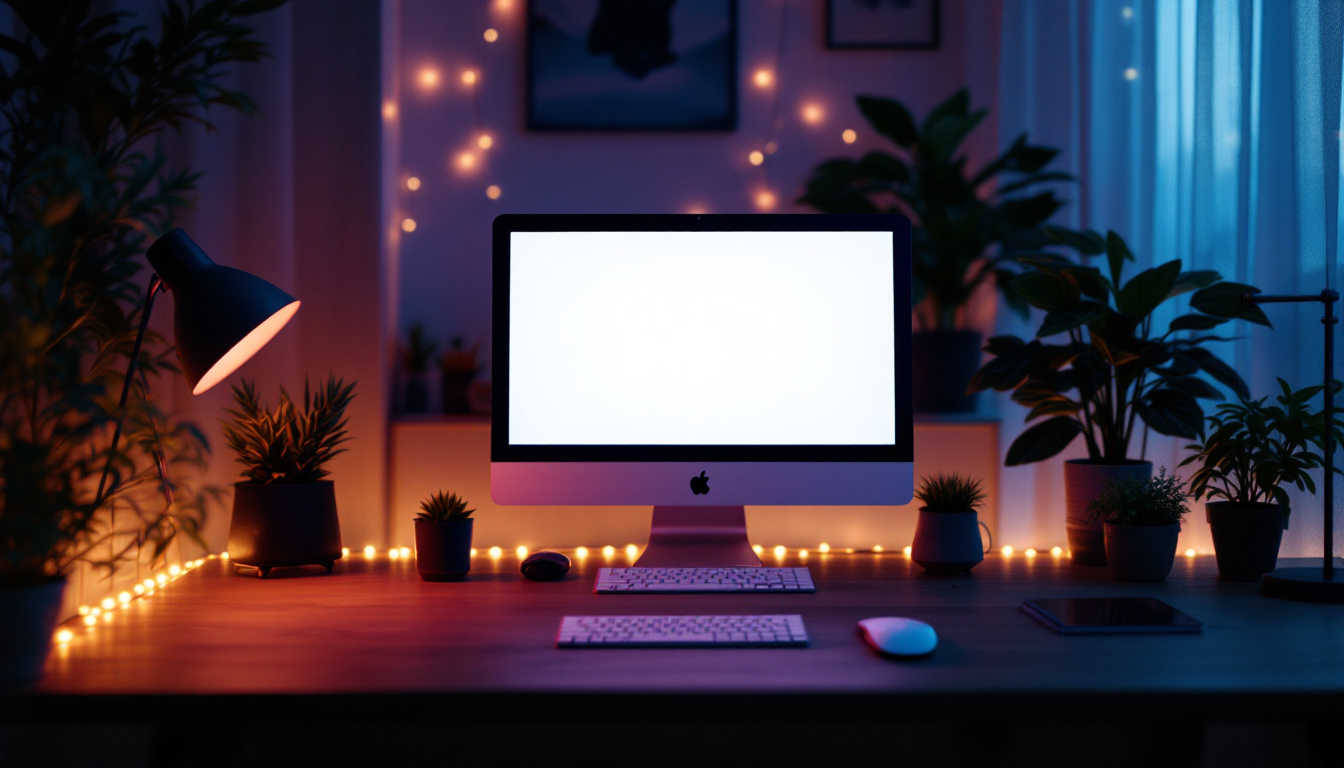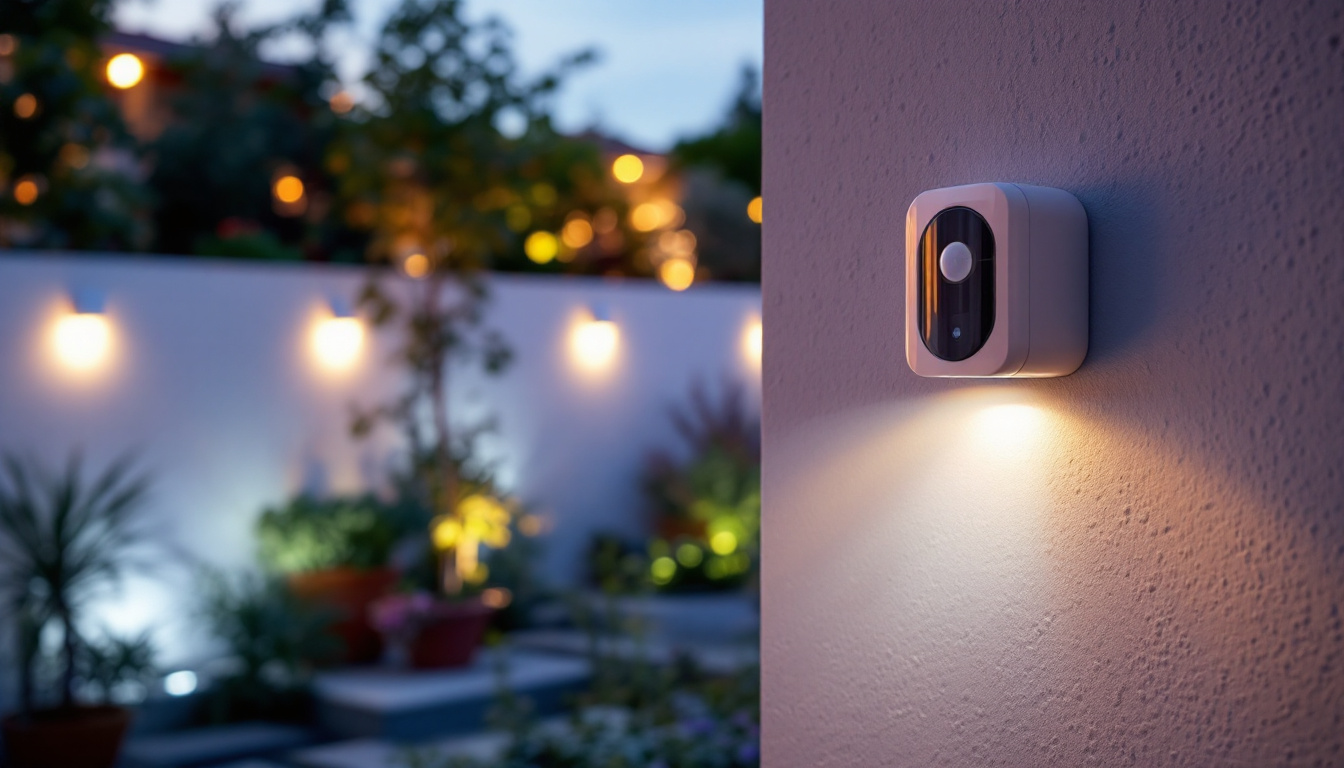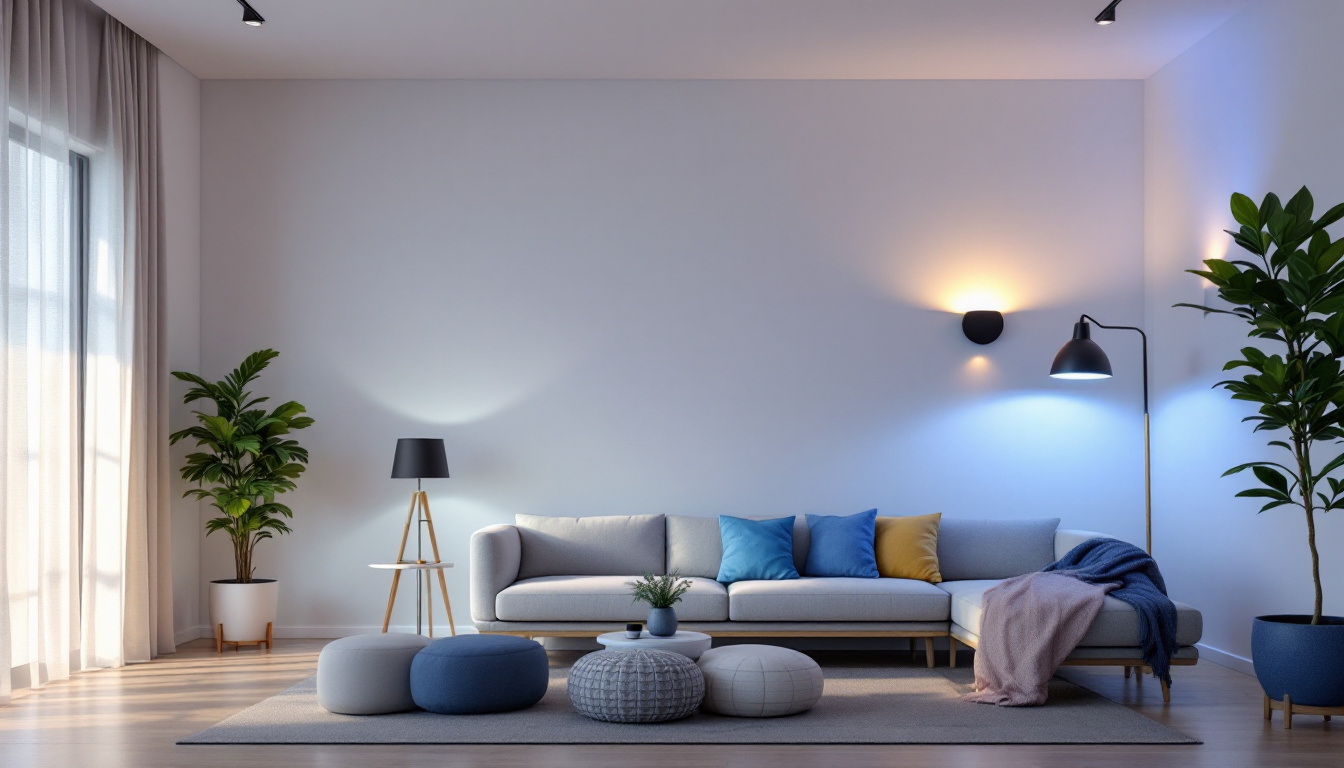
The phenomenon of a white computer screen glowing in the dark has become a common sight in homes and offices. For lighting contractors, understanding the implications of this effect is crucial, not only for aesthetic considerations but also for health and productivity. This article delves into the science behind white screens at night, their impact on human physiology, and how lighting contractors can optimize environments for better visual comfort.
Light is a fundamental aspect of our daily lives, influencing mood, productivity, and even health. When it comes to computer screens, the emitted light can vary significantly in color temperature, which is measured in Kelvin (K). A white screen, particularly at night, tends to have a high color temperature, often exceeding 6000K. This can lead to several effects on individuals who are exposed to it, especially in low-light environments. The impact of this exposure is not just limited to discomfort; it can also affect cognitive functions and emotional well-being, making it crucial to understand how light interacts with our biology.
Color temperature refers to the warmth or coolness of light, with lower temperatures (around 2700K) appearing warm and yellowish, while higher temperatures (above 5000K) appear cool and bluish. A typical white screen emits a significant amount of blue light, which can disrupt the natural circadian rhythms of the body. This is particularly concerning for those who work late into the night, as the blue light can signal the brain to stay alert, making it difficult to wind down. Furthermore, studies have shown that prolonged exposure to high color temperature light can lead to eye strain and discomfort, often referred to as digital eye strain or computer vision syndrome, which can manifest in symptoms such as dryness, irritation, and blurred vision.
Circadian rhythms are the body’s internal clock, regulating sleep-wake cycles and various physiological processes. Exposure to blue light, especially during the evening, can suppress the production of melatonin, a hormone responsible for sleep. For lighting contractors, this highlights the importance of creating environments that minimize blue light exposure during nighttime hours. Solutions may include using warmer light sources or implementing smart lighting systems that adjust color temperature based on the time of day. Moreover, research suggests that incorporating natural light during the day can enhance mood and productivity, as it aligns more closely with our biological needs. This dual approach of balancing artificial and natural lighting can create healthier living and working environments, promoting not just better sleep but also improved overall well-being.
Beyond the immediate effects of disrupted sleep patterns, prolonged exposure to bright screens at night can lead to a range of health issues. Understanding these implications is vital for lighting contractors who aim to create healthier work and living spaces.
Digital eye strain, also known as computer vision syndrome, is a common issue faced by individuals who spend extended periods in front of screens. Symptoms include dryness, irritation, and blurred vision. The brightness of a white screen can exacerbate these symptoms, particularly in low-light settings. Lighting contractors should consider recommending ambient lighting solutions that reduce glare and provide a more comfortable viewing experience. Additionally, the use of blue light filtering glasses and software can help mitigate the adverse effects of screen exposure, allowing users to work more comfortably without straining their eyes. Regular breaks, such as the 20-20-20 rule—looking at something 20 feet away for 20 seconds every 20 minutes—can also be beneficial in alleviating discomfort.
Research has suggested that chronic exposure to blue light may contribute to more serious health conditions, including an increased risk of obesity, diabetes, and cardiovascular diseases. This is particularly relevant for lighting contractors who design environments for prolonged screen use. Implementing strategies to mitigate blue light exposure can not only enhance comfort but also promote long-term health benefits. Moreover, studies have indicated that excessive screen time, especially before bed, can disrupt metabolic processes, leading to weight gain and other health complications. By integrating circadian-friendly lighting designs that mimic natural light patterns, contractors can help regulate the body’s internal clock, promoting better sleep quality and overall well-being. Such designs not only improve health outcomes but also enhance productivity and mood, creating a more conducive environment for both work and leisure.
To create environments that balance functionality and comfort, lighting contractors can employ a variety of strategies. These approaches focus on minimizing the negative effects of white screens while enhancing overall visual comfort.
Layered lighting involves combining different types of lighting—ambient, task, and accent—to create a balanced and versatile lighting scheme. For spaces where screens are used frequently, ambient lighting should be soft and diffuse, reducing the contrast between the screen and the surrounding environment. Task lighting, such as desk lamps, can be adjusted to provide adequate illumination without contributing to glare. Accent lighting can enhance the aesthetic appeal of the space while maintaining a comfortable atmosphere.
Smart lighting technology offers innovative solutions for managing light exposure. These systems can be programmed to adjust color temperature and brightness based on the time of day, helping to create a more conducive environment for both work and relaxation. For example, warmer tones can be introduced in the evening to promote a sense of calm, while cooler tones can be utilized during the day to enhance alertness. Lighting contractors should consider integrating these technologies into their designs to provide clients with customizable lighting experiences.
In addition to creating optimal lighting environments, educating clients on best practices for screen use at night is essential. These practices can help mitigate the negative effects of white screens and promote healthier habits.
The 20-20-20 rule is a simple guideline that can help reduce digital eye strain. It suggests that for every 20 minutes spent looking at a screen, individuals should take a 20-second break to look at something 20 feet away. This practice helps to relax the eye muscles and reduce fatigue. Lighting contractors can incorporate reminders for this practice into their designs, such as strategically placed signage or digital alerts in smart lighting systems.
Proper screen positioning is crucial for reducing strain and discomfort. Screens should be positioned at eye level and about an arm’s length away to minimize glare and allow for comfortable viewing angles. Lighting contractors can assist clients in setting up workspaces that promote good ergonomics, ensuring that lighting solutions complement the overall design.
Color plays a significant role in how individuals perceive their environment and can greatly influence mood and productivity. For lighting contractors, understanding the psychological effects of color can enhance the design process.
Different colors evoke different emotional responses. For instance, blues and greens are often associated with calmness and relaxation, while yellows and oranges can stimulate energy and creativity. When designing spaces that include screens, contractors should consider incorporating colors that promote a positive atmosphere. This can be achieved through the use of colored light fixtures, wall paint, or decorative elements that align with the intended mood of the space.
In environments where screens are prevalent, balancing brightness with color can enhance visual comfort. Warmer colors can soften the harshness of bright screens, creating a more inviting space. Lighting contractors can experiment with different color temperatures and hues to find the right balance that meets both aesthetic and functional needs.
As technology continues to evolve, so too does the field of lighting design. Staying abreast of emerging trends is essential for lighting contractors looking to provide innovative solutions.
Human-centric lighting focuses on designing lighting systems that cater to the physiological and psychological needs of individuals. This approach emphasizes the importance of adapting lighting to support circadian rhythms and overall well-being. By incorporating dynamic lighting solutions that mimic natural light patterns, contractors can create environments that enhance productivity and comfort, particularly in spaces where screens are frequently used.
Integrating natural light into design is another trend gaining traction. Exposure to natural light has been shown to improve mood, productivity, and overall well-being. Lighting contractors should consider how to maximize natural light sources in their designs, such as through the use of larger windows, skylights, or light tubes. This not only reduces reliance on artificial lighting but also creates a more inviting and energizing atmosphere.
The impact of a white computer screen at night extends beyond mere aesthetics; it influences health, productivity, and overall well-being. For lighting contractors, understanding the science behind light and its effects on human physiology is crucial in designing spaces that promote comfort and functionality. By employing layered lighting techniques, smart solutions, and educating clients on best practices, contractors can create environments that enhance the user experience while minimizing the negative effects of screen exposure.
As the industry continues to evolve, staying informed about emerging trends and technologies will be key in delivering innovative lighting solutions. Ultimately, the goal is to strike a balance between functionality and comfort, ensuring that spaces are not only visually appealing but also conducive to health and productivity.
Ready to enhance your lighting designs with the best in spec-grade lighting products? At LumenWholesale, we provide lighting contractors like you with the highest quality solutions at unbeatable wholesale prices. Say goodbye to inflated markups and hello to a vast selection of reliable, high-performance lighting that meets the most rigorous industry standards. With the added convenience of free shipping on bulk orders, you can ensure your projects shine with premium lighting at the best value. Don’t compromise on quality or cost. Discover the LumenWholesale difference today and bring superior lighting to every space you craft.

Discover how outdoor motion detector sensors can revolutionize your lighting design, enhancing security and energy efficiency while adding a touch of modern sophistication to your outdoor spaces..

Discover the science of light bulb decor and its transformative impact on spaces.

Explore innovative alternatives to recessed downlights that can help lighting contractors cut costs without compromising on quality.

Discover the essential checklist for lighting contractors focusing on 2500 lumens.